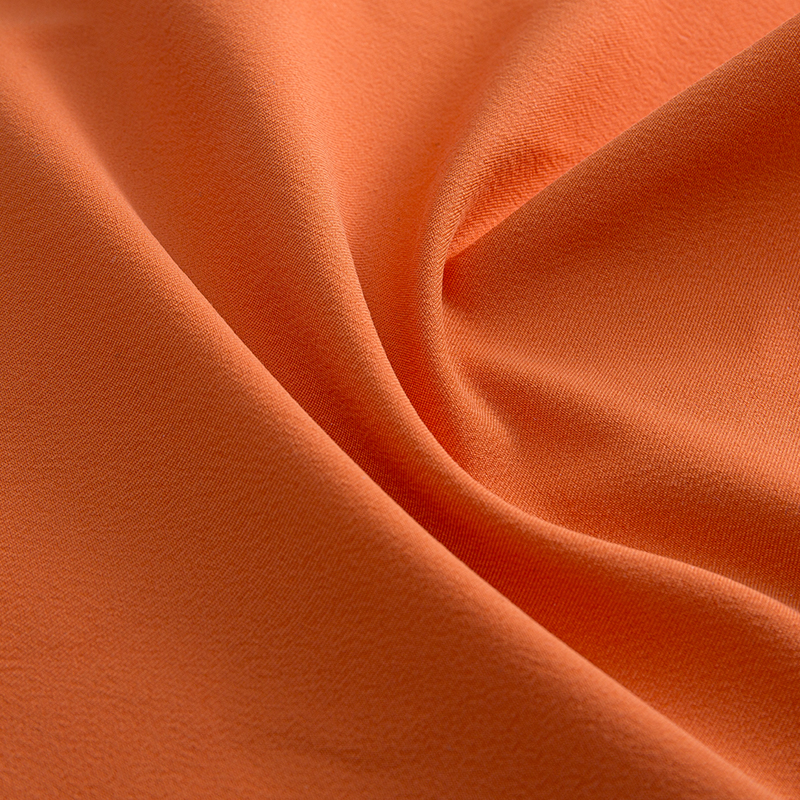
What is shiny stretch fabric called?
Professional Classification and Characteristics of Shiny Stretch Fabrics
1. Industry Standard Name
Stretch Satin
Spandex blended in the warp and weft, resulting in a smooth, glossy finish on the front
Commonly used for the hemming of evening gowns and cheongsams
Metallic Coated Jersey
Knitted base fabric + vacuum coating (not standard printing)
Specularly used for stage costumes, reflects iridescent light when bent
2. Gloss Generation Principle
| Technique | Visual Effect | Risk Factors |
| Mercerization | Pearl-like luster with depth | Loses sheen after alkaline cleaning |
| Laser Etching | Dynamic rainbow refraction | Abraded areas turn chalky white |
| Resin Calendering | Mirror reflection finish | Cracks above 60°C |
| Vacuum Metallization | True metallic chrome effect | Peels at fold lines |
| Crystalline Coating | Diamond micro-sparkle | Cloudiness when humid |
3. Functional Variations
Photoluminescent Knit: Self-luminesces after absorbing UV light, used for marking dark areas of security uniforms
Thermochromic Laminate: Develops color in areas exposed to body heat (e.g., palm prints)
Electroluminescent Fabric: Embedded with microcircuits, glows when powered (cyberpunk-inspired clothing)
4. Usage Contraindications and Identification
Fake Glossy Finish Warnings: Ordinary stretch fabric with fluorescent brightener (emit blue light under UV light) Low-quality PVC coating (leaves permanent white marks when folded)
Authenticity Verification Methods: Lightly scratch with a fingernail leaves no marks (high-density scratch-resistant layer) No refractive error when rubbed and unfolded (uniform coating)
5. Special Maintenance Requirements
Cleaning Pitfalls: Dry cleaning solvents dissolve the resin layer → causing stickiness and discoloration Steam ironing causes oxidation of the metal film → graying
Proper Care: Iron at low temperature, reverse side (using a cotton cloth as a backing material) Hang for storage (fold marks are irreversible)




 English
English 

 PREV
PREV








